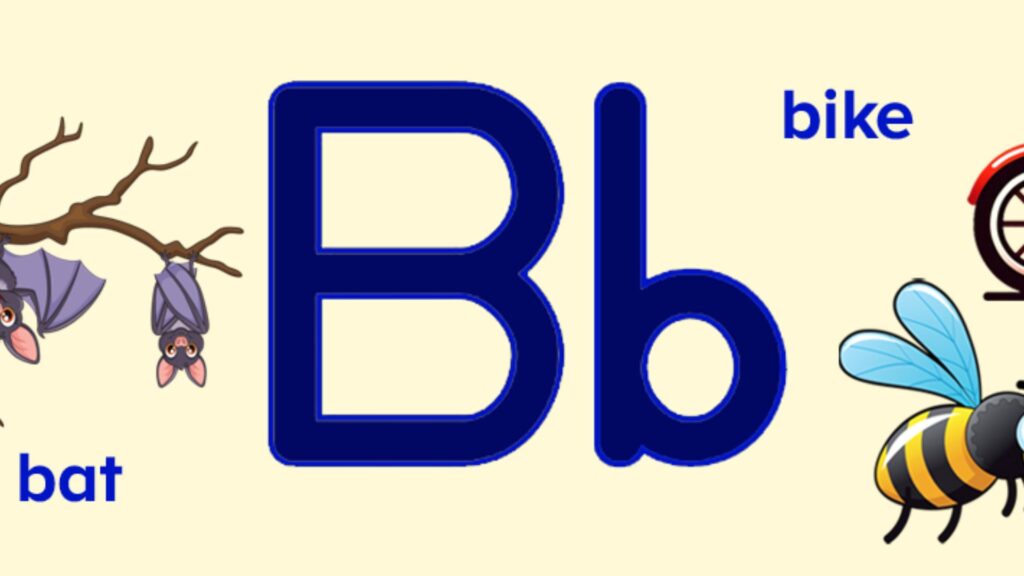
The housing industry is vast, encompassing everything from construction and design to market trends and real estate terminology. Many words related to housing are essential for understanding the intricacies of the housing market and related processes. While most housing terms come from various areas of the real estate, architecture, and construction fields, a surprising number start with the letter “B.” These words cover everything from types of housing structures to processes, materials, and even financial terms.
In this article, we will explore a range of housing words that start with the letter “B.” Understanding these terms can be helpful for those interested in home buying, selling, construction, or simply expanding their vocabulary in the housing industry. Additionally, we’ll answer frequently asked questions related to the topic.
Table of Contents
1. Basement
A basement is the lower level of a house, typically below ground level. Basements are used for a variety of purposes, such as storage, laundry rooms, or additional living spaces. In some cases, basements are finished, meaning they are developed and designed to be livable areas, while unfinished basements are often used for utility purposes.
Common Uses of Basements:
- Storage area
- Home office or entertainment room
- Additional bedrooms or living spaces
- Furnace and utility rooms
Basements can also have certain issues like flooding or dampness, which homeowners need to address to ensure the space is safe and functional.
2. Bungalow
A bungalow is a single-story home or a home with a second story built into the roof space, often with dormer windows. Bungalows are a popular type of home due to their compact, efficient design. They often feature a front porch and an open floor plan. In many cases, they offer easy access and are more suitable for elderly or disabled individuals because there are no stairs to navigate.
Features of a Bungalow:
- Single story or low-profile design
- Front porch
- Efficient use of space
- Open floor plan
Bungalows are typically seen as charming and cozy, making them a desirable option for families, retirees, or anyone seeking a more straightforward and low-maintenance home.
3. Bridge Loan
A bridge loan is a short-term loan used to cover the gap between buying a new property and selling an existing one. These loans are commonly used in the housing market when a buyer needs immediate funds to purchase a new home but hasn’t yet sold their current one. Bridge loans typically have higher interest rates and are repaid as soon as the home is sold or the permanent financing is secured.
How Bridge Loans Work:
- Temporary financing solution
- Used when buying a new home before selling the current one
- Repayment is tied to the sale of the current property
While bridge loans can be a helpful tool, they come with certain risks and costs, which should be carefully considered before proceeding.
4. Building Permit
A building permit is an official approval issued by a local government authority that allows a construction project to begin. This permit ensures that the planned construction meets local building codes, safety standards, and zoning regulations. Homeowners and contractors must apply for a building permit before starting projects like adding extensions, renovating a kitchen, or building a new home.
Importance of Building Permits:
- Ensures construction is safe and up to code
- Required for major renovations or new construction
- Helps avoid fines or legal issues
Building permits are a critical part of the construction process to guarantee the safety and legality of the project.
5. Balloon Mortgage
A balloon mortgage is a type of loan where the borrower makes relatively small payments for a set period, typically five to seven years. At the end of the term, the remaining balance of the loan is due in a large lump sum, known as the “balloon payment.” While balloon mortgages often come with lower monthly payments initially, the large final payment can be a financial challenge if the homeowner isn’t prepared.
Characteristics of a Balloon Mortgage:
- Small initial monthly payments
- Large final “balloon” payment due at the end of the loan term
- Typically used for short-term loans
Balloon mortgages can be a useful tool for buyers who plan to sell or refinance their home before the large payment is due. However, they carry significant risks if the borrower isn’t able to make the final payment.
6. Buyer’s Agent
A buyer’s agent is a real estate agent who represents the interests of the buyer in a property transaction. This agent helps the buyer find suitable properties, negotiate the price, and navigate the legal and financial aspects of the purchase. Unlike a seller’s agent, who represents the seller, a buyer’s agent is focused on securing the best deal for the homebuyer.
Role of a Buyer’s Agent:
- Assist in finding properties that meet the buyer’s needs
- Negotiate the purchase price and contract terms
- Guide the buyer through the closing process
Having a buyer’s agent can significantly streamline the home-buying process and ensure that the buyer’s interests are prioritized.
7. Build-to-Rent
The build-to-rent (BTR) model is a housing development strategy where homes or apartments are specifically constructed for the purpose of renting them out rather than selling them to individual buyers. This model has gained popularity in recent years as demand for rental properties has increased, particularly in urban areas. Developers build large residential communities and retain ownership of the properties, offering them as long-term rental options.
Advantages of Build-to-Rent:
- Provides affordable rental options
- Offers stable income for developers
- New construction that often includes modern amenities
For tenants, BTR properties often come with modern amenities, maintenance services, and the benefit of being in new, well-maintained buildings.
8. Block and Tackle
In the housing industry, block and tackle refers to a type of pulley system used in construction to lift and move heavy materials. It is a simple mechanical system involving a set of pulleys and ropes that can be used to assist in lifting materials to higher floors during the construction process. This system is commonly seen in large-scale residential and commercial construction projects.
Usage in Construction:
- Used to lift heavy materials or equipment
- Found in large-scale building projects
- Essential for moving materials in multi-story buildings
Block and tackle systems make construction tasks more manageable by reducing the physical strain of lifting heavy objects.
9. Berm
A berm is a raised area of soil, typically found in landscaping or construction, that is used to provide privacy, soundproofing, or to redirect water runoff. In housing, berms are commonly used as part of garden designs or to create privacy from neighboring homes. They are often incorporated into home designs or landscaping to enhance both functionality and aesthetics.
Purpose of a Berm:
- Improves privacy between properties
- Reduces noise from external sources
- Controls water drainage or flooding
Berms can be part of larger landscaping plans and help improve the curb appeal and functionality of a home.
10. Building Code
A building code is a set of regulations and standards that govern the construction, renovation, and safety of buildings. These codes ensure that structures are built safely, using appropriate materials and techniques. Building codes can vary by location, but they typically cover things like electrical wiring, plumbing, structural integrity, fire safety, and accessibility.
Key Aspects of Building Codes:
- Ensures structural safety and integrity
- Regulates electrical, plumbing, and mechanical systems
- Sets standards for energy efficiency and sustainability
Building codes help protect homeowners and the community by ensuring that buildings are safe and habitable.
FAQs About Housing Words That Start With B
Q: What is the difference between a bungalow and a ranch-style home? A: Both bungalows and ranch-style homes are typically single-story homes, but bungalows often have a more compact, cozy design with a front porch and steeper rooflines, while ranch-style homes are more expansive and feature long, low profiles with wider layouts.
Q: Are balloon mortgages a good option for first-time homebuyers? A: Balloon mortgages can be risky for first-time homebuyers, as they come with a large final payment. If you’re not prepared for that lump sum, you may struggle to pay it. However, if you plan to sell or refinance the home before the balloon payment is due, it might work as a short-term option.
Q: How does a builder’s agent differ from a buyer’s agent? A: A builder’s agent represents the builder or developer in a real estate transaction, while a buyer’s agent works on behalf of the homebuyer. The buyer’s agent helps the buyer find suitable properties, negotiate prices, and handle the transaction.
Q: What is the purpose of a building permit? A: A building permit ensures that a construction project meets local building codes and regulations. It helps guarantee safety, legality, and compliance with the community’s development standards.
Q: What is the benefit of build-to-rent properties? A: Build-to-rent properties offer tenants modern, well-maintained homes with rental terms that provide flexibility. For developers, they offer a steady stream of income and a stable investment in residential communities.
Conclusion
The housing industry is filled with terms that start with the letter B, each of which plays an important role in construction, design, and real estate transactions. Whether you’re buying a home, building a property, or simply interested in the housing market, understanding these words can provide valuable insight. From basements and bungalows to balloon mortgages and building codes, knowing the terminology helps homeowners, builders, and real estate professionals navigate the complexities of the housing world.






